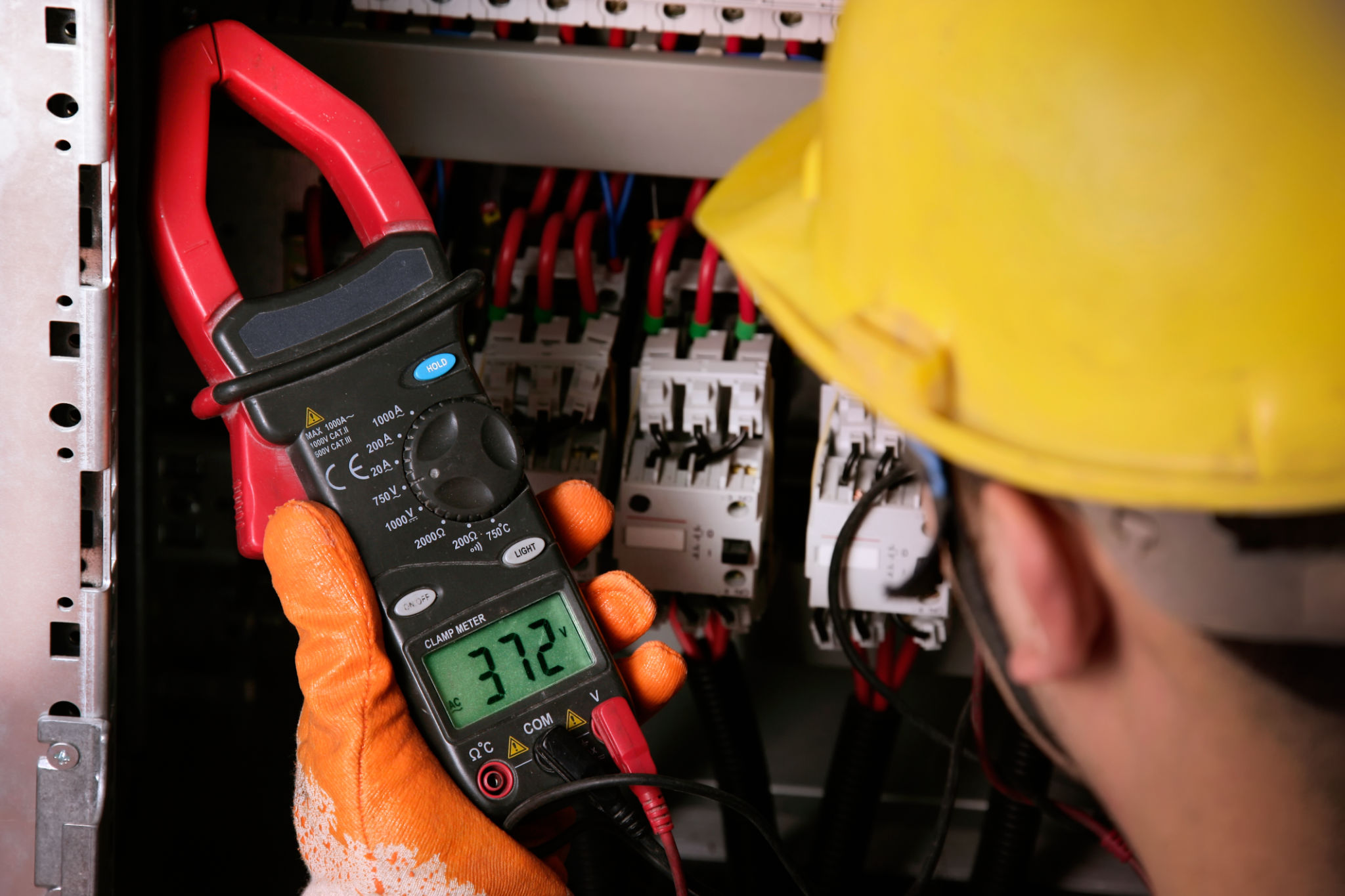Troubleshooting Electrical Plugs and Fittings with Handyman Phil
HP
Understanding the Basics
When it comes to electrical work, safety is always the top priority. Before you begin troubleshooting any electrical plugs or fittings, make sure to turn off the power at the circuit breaker. This simple step can prevent dangerous electrical shocks and ensure a safe working environment. Additionally, use tools with insulated handles to further reduce any risk of injury.

Once you've ensured your safety, it's time to understand the basic components of electrical plugs and fittings. Typically, a plug consists of a casing, prongs, and a cable. Common issues include frayed wires, loose prongs, and worn-out casing. Identifying which part is malfunctioning is key to effective troubleshooting.
Common Issues with Electrical Plugs
One of the most frequent problems with electrical plugs is a loose connection. This can often be felt by jiggling the plug in the socket. If you notice any looseness, it's important to act quickly to prevent any potential hazards. Another common issue is overheating, which can be identified by a warm plug or a burning smell.
- Inspect the plug for visible damage or wear.
- Ensure the prongs are not bent or corroded.
- Check the casing for cracks or breaks.
Troubleshooting Electrical Fittings
Electrical fittings can present their own unique set of challenges. Loose fittings are often caused by wear and tear or improper installation. To address this, first check if the fittings are securely attached and not wobbling. A screwdriver might be necessary to tighten any loose screws.

Another common problem is poor contact within the fitting, which can lead to flickering lights or intermittent power supply. If you notice such issues, inspect the contact points within the fitting and clean them gently with a dry cloth to remove any dust or debris.
Advanced Tips from Handyman Phil
For those willing to dive deeper into troubleshooting, it's helpful to have a multimeter on hand. This tool can help you test for continuity and ensure that electricity is flowing correctly through your plugs and fittings. If you're unfamiliar with using a multimeter, there are many tutorials available online that can guide you through the process.
- Set the multimeter to the continuity setting.
- Insert the probes into the plug's prongs.
- Listen for a beep indicating a complete circuit.

If all else fails and you're unable to resolve the issue yourself, don't hesitate to call a professional electrician. It's better to be safe than sorry, especially when dealing with electricity. Handyman Phil always says that knowing when to seek expert help is just as important as having DIY skills.
Preventive Maintenance Tips
To minimize future problems with your electrical plugs and fittings, regular maintenance is key. Make it a habit to inspect your electrical components periodically for signs of wear or damage. Replace any parts that appear compromised, and ensure that your home’s electrical system is up to code with the help of an electrician.
By following these tips and maintaining a proactive approach, you can ensure that your home's electrical system remains safe and efficient. Remember, while DIY troubleshooting can solve many minor issues, professional guidance should always be sought for more complex problems.